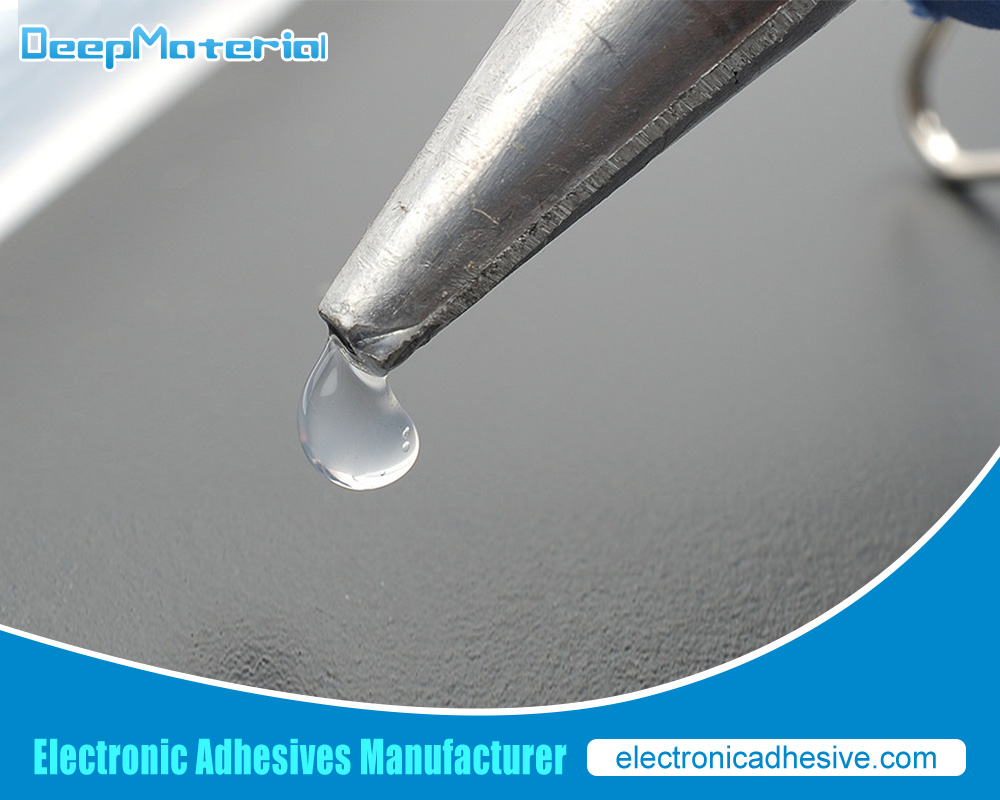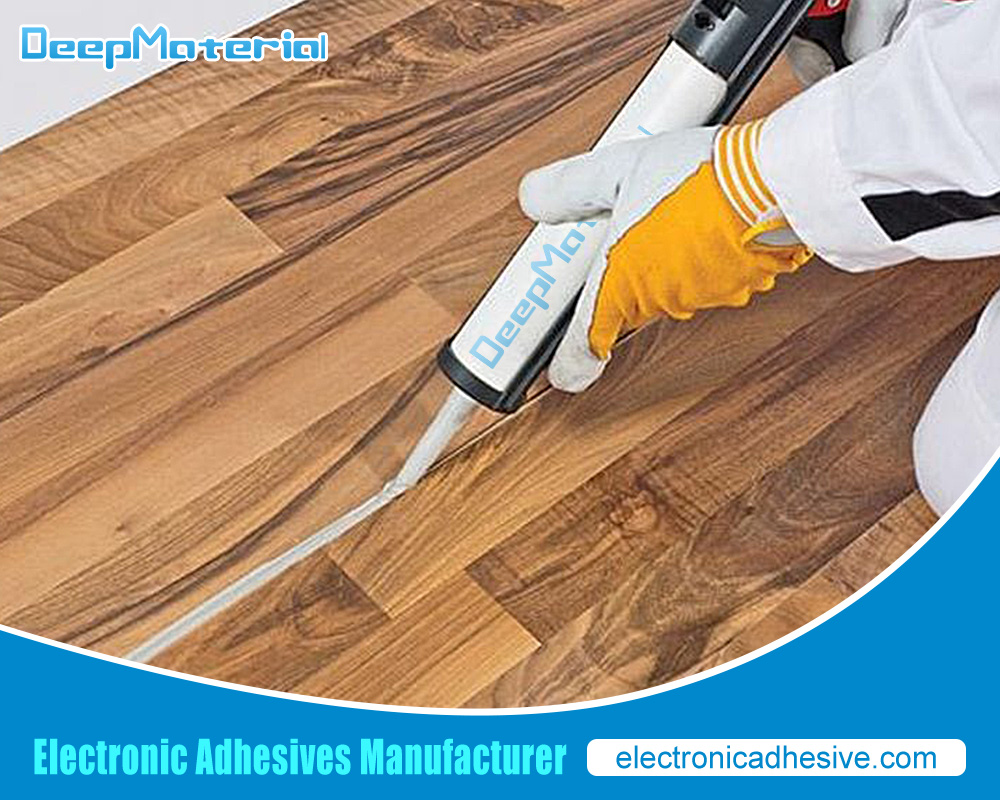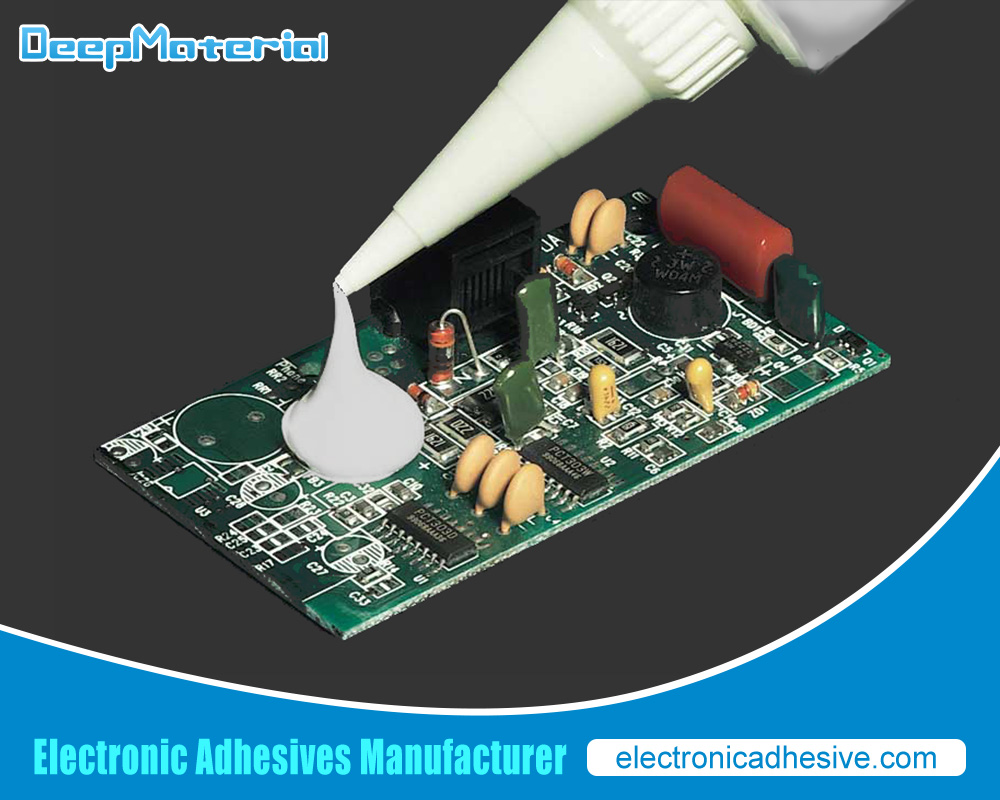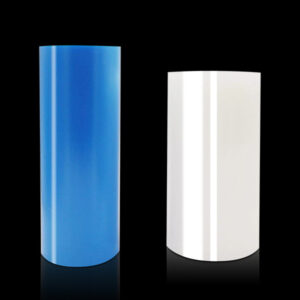Potting Materials for Electronics And How They Are Used
Potting Materials for Electronics And How They Are Used
Are you ready to embark on an electrifying adventure? Today, we’re diving into the world of potting materials for electronics and how they are used. From protecting sensitive components from harsh environments to enhancing performance, potting materials play a crucial role in the longevity and reliability of electronic devices. So, grab your gear and let’s explore the exciting world of potting materials!

Types of Potting Materials for Electronics
When it comes to choosing the right potting material for electronics, it’s important to consider the specific requirements of the application. Epoxy, for example, is a great choice for applications where high strength and chemical resistance are necessary. It’s also a popular choice for potting circuit boards and other electronic components due to its ability to protect against moisture and other environmental factors.
Silicone, on the other hand, is known for its flexibility and ability to withstand extreme temperatures. This makes it a great choice for applications where the electronics will be exposed to high heat or cold temperatures. Polyurethane is often used in applications where flexibility is required, such as in automotive or aerospace applications.
Acrylics are another popular choice due to their fast-curing time and low shrinkage. This makes them ideal for applications where time is of the essence and precision is key. Ultimately, the choice of potting material will depend on the specific requirements of the application and the properties that are most important for protecting the electronics.
Benefits of Using Potting Materials for Electronics
In addition to protecting electronic components from environmental factors, potting materials also provide enhanced mechanical stability. This is particularly important for devices that are subject to vibration or shock, such as those used in automotive or aerospace applications. Potting materials can help absorb and distribute the forces generated by these types of movements, reducing the risk of damage to the electronics.
Another benefit of potting materials is their ability to improve thermal management. Electronic components generate heat during operation, and if this heat is not dissipated effectively, it can lead to performance issues or even failure. Potting materials can help transfer heat away from the components and distribute it more evenly, reducing the risk of overheating and improving overall performance.
Finally, potting materials can increase the resistance of electronic components to a range of environmental factors, including moisture, dust, and chemicals. This can be particularly important for devices that are used in harsh or challenging environments, such as those used in industrial or military applications. By providing a protective barrier around electronic components, potting materials can help ensure that they continue to function effectively and reliably over time.
How Potting Materials Protect Electronics
Potting materials for electronics create a barrier around electronic components that protects them from environmental factors such as moisture, dust, and temperature fluctuations. They also provide mechanical stability by holding components in place and reducing the risk of damage from vibration or shock. Examples of how potting materials have saved electronics from damage include protecting circuit boards in automotive applications from water damage and preventing corrosion in marine electronics.
Common Applications of Potting Materials in Electronics
Potting materials for electronics are an essential component in the manufacturing of electronic devices. They are used to encapsulate electronic components and protect them from environmental factors such as moisture, dust, and temperature fluctuations. Potting materials are also used to provide mechanical support to electronic components, preventing them from vibrating or moving during operation.
In consumer electronics, potting materials are used to protect devices such as smartphones, tablets, and laptops from damage due to accidental drops or impacts. In industrial electronics, potting materials are used to protect electronic components from harsh chemicals and extreme temperatures. The use of potting materials in medical electronics is critical as they help prevent contamination of electronic devices by bodily fluids and other contaminants.
Overall, potting materials play a crucial role in ensuring the reliability and longevity of electronic devices in a wide range of applications.
Techniques for Applying Potting Materials
There are several techniques for applying potting materials to electronic components, including vacuum potting, injection molding, hand potting, and other techniques such as dip coating or spray coating. Vacuum potting is often used in high-volume production environments where consistency is important. Injection molding is used for complex shapes or large volumes of material. Hand potting is often used for small-scale production or prototyping.
Challenges of Using Potting Materials in Electronics
One of the main challenges associated with using potting materials in electronics is ensuring compatibility with different materials. Potting materials can react with certain components, causing damage or failure. Therefore, it is important to carefully select a potting material that is compatible with the specific components being used. Additionally, once electronics are potted, it can be difficult to repair or modify them.
This is because the potting material creates a barrier that makes it challenging to access the components inside. As a result, it is important to plan ahead and ensure that any necessary modifications or repairs are made before potting. Finally, air bubbles or voids in the potting material can cause issues such as reduced thermal conductivity or decreased mechanical strength. To avoid this, it is important to use proper mixing and curing techniques when applying the potting material.
Future Trends in Potting Materials for Electronics
As the demand for electronics continues to grow, there is a need for potting materials that can withstand harsh environments and provide better protection for electronic components. Researchers are exploring the use of nanomaterials and composites to improve the thermal conductivity and mechanical strength of potting materials.
Additionally, there is a focus on developing eco-friendly potting materials that are biodegradable and do not harm the environment. The integration of potting materials with other electronic components such as sensors or antennas is an exciting area of research that could lead to new applications in the fields of healthcare, transportation, and energy.

Final Words
Potting materials are essential for protecting electronic components from environmental factors such as moisture, dust, and temperature fluctuations. They provide several benefits including improved thermal management and enhanced mechanical stability. Choosing the right potting material for each application is important to ensure the longevity and reliability of electronic devices. As technology continues to advance, so too will the development of new potting materials with improved properties and integration with other electronic components.
For more about potting materials for electronics and how they are used,you can pay a visit to DeepMaterial at https://www.electronicadhesive.com/potting-and-encapsulation/ for more info.











